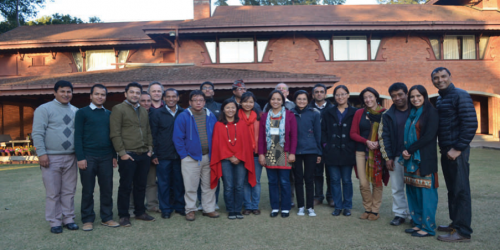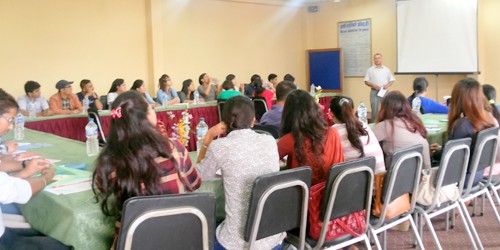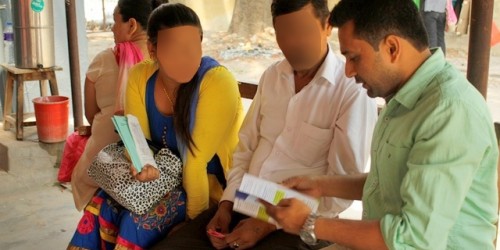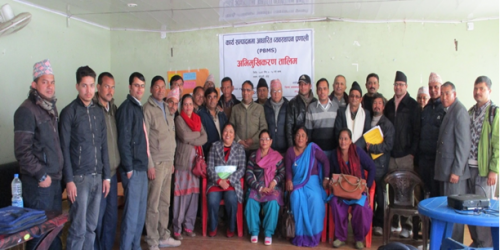Support to NTP
Project Progress :
Started Date:April 12 2018 Completed Date:December 31 2018
Support to NTP
Categories :Programme
CompletedGlobally, developing countries accounts almost 95% of TB burden, and Nepal is of no exception. TB is one of the most widespread infectious diseases in Nepal, and poses a serious threat to the health and development of the people of this country. Although the DOTS coverage is 100% throughout Nepal, the Case Detection Rate (CDR) of new sputum positive TB cases still remains relatively high. Based on WHO reports, the estimates for the whole population of Nepal are as follows: TB prevalence (all forms) declined from 348 to 211 per 100,000 population, resulting in a reduction of 40%; TB incidence (all forms) declined from 164 to 156 in 2013 compared to 1990 per 100,000 populations; mortality declined from 52 to 17 per 100,000 population, resulting in a 68% reduction.
Global targets for TB control have been continuously achieved by the program over the past several years. In the 2013 WHO Global TB report, Nepal has maintained a case detection of around 78% and a treatment success rate of around 90%. The NSP 2010-2015 the Notional Tuberculosis Program (NTP) has entered a more advanced stage of TB control that has enabled NTP to address new challenges such as multi-drug-resistant tuberculosis (MDR/TB) and extensively drug-resistant tuberculosis (XDR/TB) as well an TB/HIV co-infection
Goal
Decrease the incidence of TB by 10 % by 2020 based on re-assessment of TB burden figures to be conducted in 2015
Objective
- To increase case detection by 14000 cases from 3800 TB cases reported in 2013/14 (all forms of TB) by 2020
- To maintain the treatment success rate at 90% patients (all forms of TB) by 2020
- To provide MDR diagnostic services for 55% of persons with suspected MDR TB by 2017 and 100% by 2020; successfully treat at least 75 % of the diagnosed MDR patients
- To engage 60% of all private health care providers (hospitals and practitioners) in TB control by 2017, and 80% by 2020
- To strengthen community systems for management, advocacy, support and rights for TB patients in order to create an enabling environment to detect & manage TB cases in 60% of all districts by 2017 and 100% by 2020
- To ensure availability of quality TB services, in line with current international standards and provided by qualified personnel, at 70% of all facilities by 2017 and 90% of the facilities by 2020




